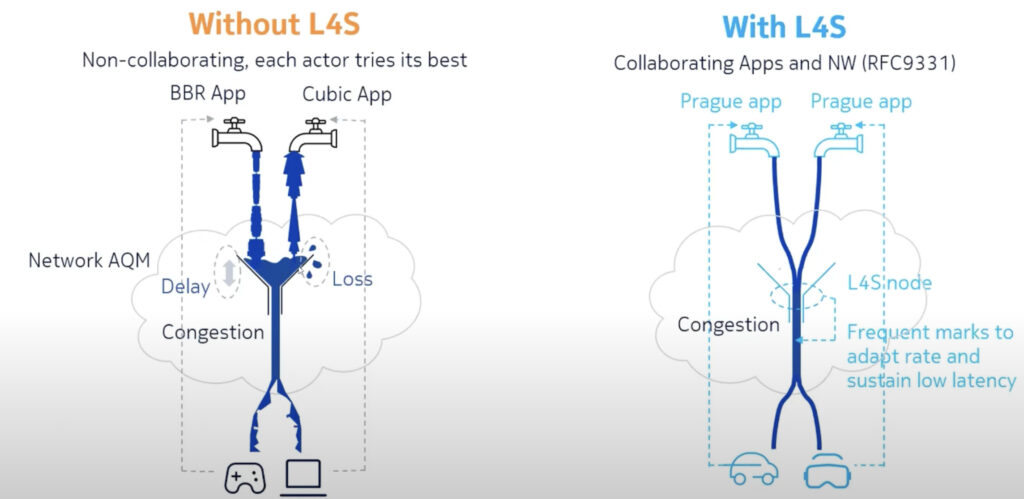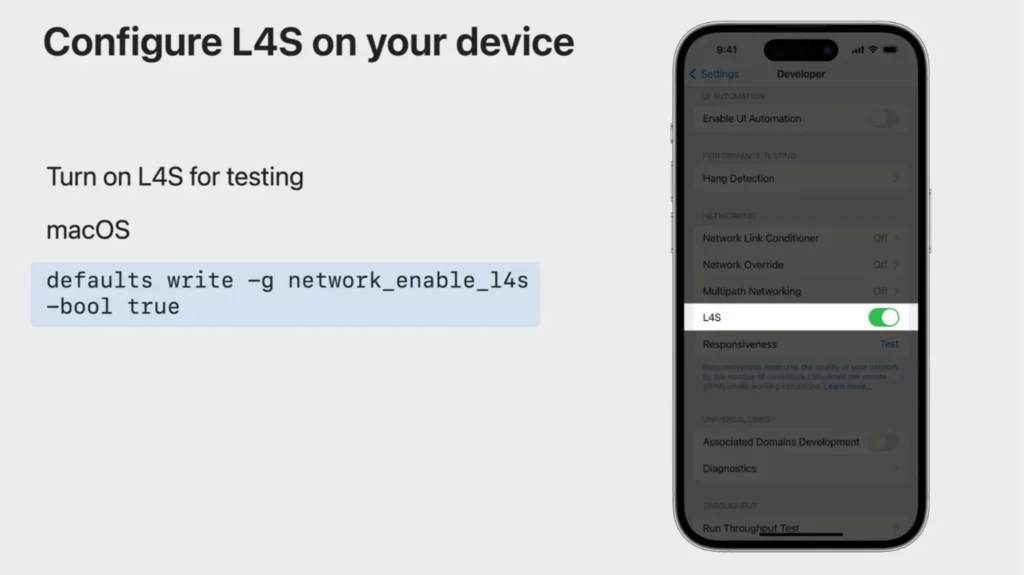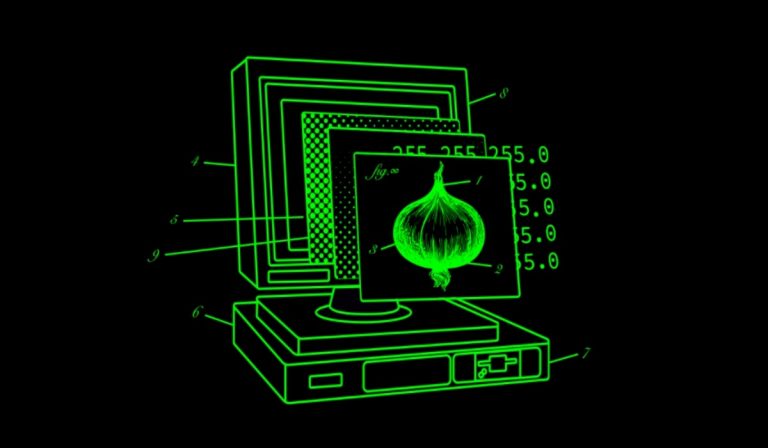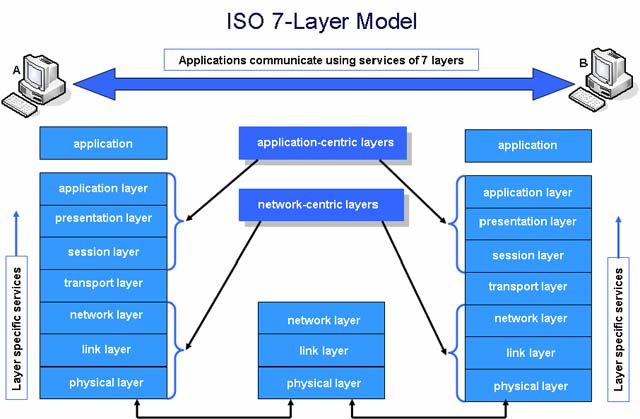It’s no secret that internet technology has evolved rapidly, going from 10Mbps network connections to over 1Gbps in a matter of years. Despite these advancements, many still complain about slow-loading websites or choppy video calls. Unfortunately, the issue lies in something less talked about but equally important: latency.
However, everything is about to change since a new internet technology called L4S aims to solve this problem. Here is everything you need to know about it.
How does the internet work?
Before talking about the solution, it is important to understand how the internet operates and what latency means. Put simply, latency represents the time taken for data to travel from your device to a server and back.
For example, imagine your internet data provider as an Amazon delivery car holding a package—the webpage you wish to load. Despite the car traveling at speeds exceeding 1Gbps, traffic congestion at server or router levels can drastically impede your experience, rendering your high-speed connection ineffective.
Why is there such a limitation?
These bottlenecks originate from the network infrastructure itself. Similar to a chain, its strength relies on its weakest link. Therefore, when a router receives data faster than it can process, it resorts to dropping packets—essentially deleting the data. As a result, the sender momentarily reduces its data rates before gradually increasing them again, anticipating a shift in network dynamics within milliseconds.
Although modern systems can resend dropped packets, it’s far from ideal since this double workload leads to delays, exacerbating frustrations. Furthermore, delays contributed by each element along the data transmission path make these lags noticeable and cumbersome.
Buffer Bloat
Keeping this issue in mind, researchers and companies have already implemented traffic management systems known as buffer bloats. These act as temporary storage, organizing excess packets for orderly transmission. However, over time, these buffers have expanded, leading to latency problems in real-time applications like video calls or game streaming services.
The Solution: L4S
Enter L4S (Low Latency, Low Loss, Scalable Throughput), a recently finalized internet standard published in January, which has already captured the attention of major companies such as Apple, Google, and Comcast. L4S focuses on accelerating the feedback loop for latency issues. Therefore, when network congestion occurs, the system quickly notifies connected devices and marks packets that encounter issues. This rapid identification enables devices to adjust their throughput accordingly.
Additionally, the fact that L4S removes disruptions and significantly reduces latency makes it an ideal choice for tasks like cloud gaming, virtual reality/augmented reality (VR/AR), and high-quality video conferencing.

When talking about the new system, Greg White, an engineer at CableLabs, highlighted that L4S has the potential to reduce latency to single-digit milliseconds—a substantial improvement from previous buffering delays that lingered in the hundreds or even thousands of milliseconds.
When Will L4S Be Widely Available?
Despite significant interest from industry giants, the widespread adoption of L4S remains distant, with only 20 cable modems currently supporting this system. However, major players like Comcast, Charter, and Virgin Media are evaluating pre-release hardware and software compatibility. Additionally, Comcast has taken an additional step by starting trials of this new technology in collaboration with Apple, Nvidia, and Valve.
Furthermore, Apple has taken the lead by introducing beta support for L4S in iOS 16 and macOS Ventura, allowing app and service testing for developers.

Limitations of L4S
Although L4S is made to reduce latency, it’s important to recognize its limitations. This technology can’t eliminate all problems, especially those rooted in physical constraints governed by physics, such as the speed of light, which inherently introduces slight latency.
Additionally, the fact that not all components within the current network infrastructure support L4S, and companies using custom networking code will need to make extensive modifications might pose challenges for broader integration.







